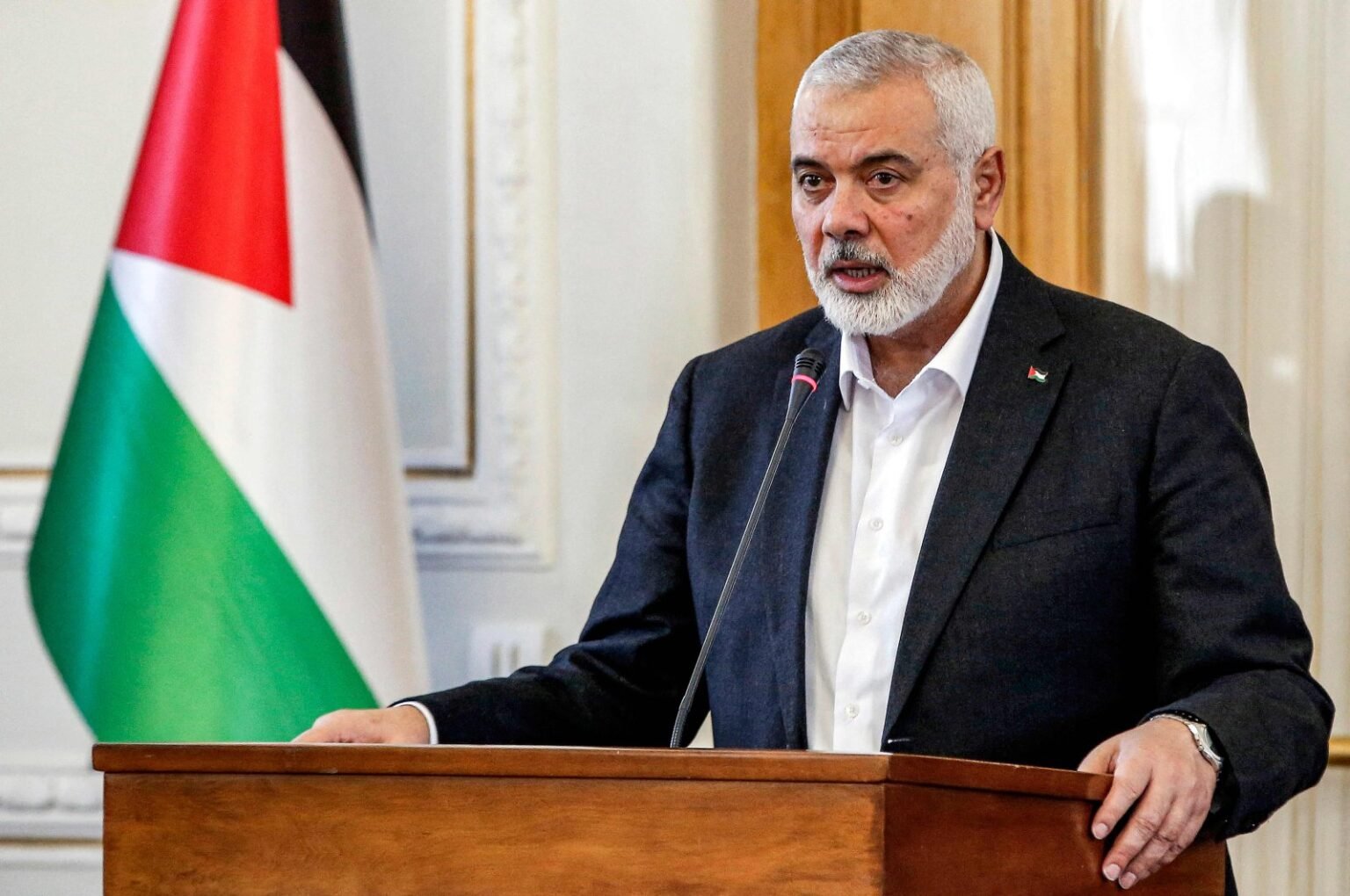Introduction to Ismail Haniyeh and his role as Hamas leader
The world of Palestinian politics took a dramatic turn with the recent death of Ismail Haniyeh, the prominent Hamas leader. Known for his unwavering stance and significant influence within the organization, Haniyeh was not just a political figure; he was seen as a symbol of resistance and hope for many Palestinians. His untimely death on July 7, 2024, in Tehran has left questions swirling around the future leadership of Hamas. As supporters grieve and analysts speculate about what this means for both Hamas and the broader Palestinian cause, eyes are now turned to potential successors who may shape new strategies in these turbulent times. Who will step into Haniyeh’s shoes? The answer could redefine everything we know about Hamas’ direction moving forward.
Details of his death on July 7, 2024 in Tehran
On July 7, 2024, Ismail Haniyeh was reported dead in Tehran under mysterious circumstances. The news sent shockwaves throughout the Middle East and beyond.
Haniyeh had been a prominent figure within Hamas for years, leading the organization through turbulent times. His death raised questions about security arrangements during his visit to Iran.
Official sources claimed he died of natural causes while undergoing medical treatment. However, many speculated that foul play might have been involved due to the political tensions in the region.
The streets erupted with reactions as people processed this sudden loss. Social media buzzed with theories and rumors surrounding his untimely demise, fueling debates among analysts and supporters alike.
As details emerged slowly over time, various factions sought to interpret Haniyeh’s legacy and what it meant for future leadership within Hamas.
Speculation and conspiracy theories surrounding his death
The sudden death of Ismail Haniyeh on July 7, 2024, in Tehran, has ignited a firestorm of speculation. Rumors circulate about the circumstances surrounding his demise. Was it an assassination? Some suggest internal power struggles within Hamas led to his untimely end.
Conspiracy theories abound, with some claiming foreign intelligence agencies might be involved. The geopolitical landscape is fraught with tension; many believe outside forces had motives for wanting him gone.
Others point fingers at rival factions within Gaza itself. The ongoing conflict and competition for influence could have driven someone to take drastic measures against Haniyeh.
Social media platforms are rife with opinions and theories, each more elaborate than the last. In this climate of uncertainty, truth often becomes elusive as narratives compete for attention.
Possible successors to Ismail Haniyeh
The death of Ismail Haniyeh has opened the door for potential successors within Hamas. Several names are emerging as frontrunners to take on this pivotal leadership role.
Yahya Sinwar is a prominent figure, known for his strategic military background and strong ties to Gaza’s resistance movement. His rise in popularity could signal a shift towards more aggressive tactics in response to external pressures.
Another candidate is Khalil al-Hayya, who holds considerable influence within the organization’s political wing. His experience in negotiations may appeal to factions seeking diplomatic avenues while maintaining a hardline stance against Israel.
Mousa Abu Marzouk remains an important player with significant connections abroad. His vision might align more closely with international relations and outreach, potentially altering Hamas’ approach on the global stage.
Each possible successor brings unique strengths that could reshape Hamas’ future direction dramatically.
Profile of each potential successor and their background in Hamas
Yahya Sinwar is a prominent figure within Hamas, known for his strong leadership style. He holds the position of the Gaza Strip’s leader and has been instrumental in shaping military strategies. His focus on resistance against Israeli forces makes him a formidable candidate.
Another potential successor is Khalil al-Hayya. With deep roots in politics, he balances military objectives with diplomatic efforts. Al-Hayya’s experience could lead to a more nuanced approach to governance and international relations.
Ismail Radwan also emerges as a contender. As an influential spokesperson, he possesses significant public appeal and communication skills. His ability to connect with supporters may play a crucial role if he ascends to leadership.
Mousa Abu Marzook brings extensive political experience from exile. His strategic thinking might attract members looking for stability amidst the ongoing challenges facing Hamas today. Each of these figures offers distinct qualities that could shape the future direction of Hamas significantly.
Potential changes or shifts in Hamas’ leadership style with a new leader
A new leader at the helm of Hamas could instigate significant shifts in its leadership style. Each successor brings unique ideologies and strategies, likely altering how the organization interacts with various stakeholders.
For instance, a more diplomatic approach might emerge if a leader prioritizes international relations. This shift could lead to enhanced dialogue with regional powers or Western nations, potentially affecting funding and support for Palestinian causes.
Alternatively, a hardliner may choose to double down on military operations. This stance would signal a continuation of aggressive tactics but may risk further isolation from global allies.
Moreover, internal dynamics within Hamas can change drastically. A different leader might promote younger members or reformist factions that push for modernization and outreach beyond traditional bases of support. Such transformations promise an intriguing future for both Hamas and the broader Palestinian narrative.
Impact of Ismail Haniyeh’s death on the Palestinian cause
Ismail Haniyeh’s death marks a significant shift for the Palestinian cause. His leadership style has shaped Hamas’ approach to resistance and negotiations.
With his passing, questions arise about continuity in strategy. Will new leaders maintain Haniyeh’s vision or pivot toward different tactics? This uncertainty creates both opportunities and challenges.
Haniyeh was seen as a unifying figure within Gaza and beyond. His absence might weaken internal cohesion among factions struggling for influence.
Internationally, reactions will vary. Some may view this change as an opportunity for dialogue, while others could see it as a chance to escalate tensions.
The future of Hamas under new leadership could redefine its relationship not just with Israel but also with other regional players involved in the peace process. The implications extend far beyond politics; they touch on the hopes and aspirations of millions seeking justice and recognition.
Conclusion :
Ismail Haniyeh was a significant figure in Hamas, leading the organization during turbulent times. His untimely death on July 7, 2024, in Tehran has sent shockwaves through the political landscape of Palestine and beyond. As speculation grows regarding the circumstances surrounding his demise, various theories are emerging that highlight both political intrigue and potential power struggles.
The search for a new leader is already underway within Hamas ranks. Candidates like Yahya Sinwar and Saleh al-Arouri stand out due to their experience and influence within the movement. Each has a unique background that could shape Hamas’ direction moving forward.
A shift in leadership style seems imminent as these figures take center stage. New approaches may emerge, impacting how the Hamas leader engages with Israel and navigates its relationship with other Palestinian factions.
Haniyeh’s passing marks a pivotal moment for the Palestinian cause as it seeks unity amidst chaos. This transition presents opportunities for change but also challenges that will require careful navigation by whoever steps into this critical role.
The future of Hamas remains uncertain yet full of possibilities after Ismail Haniyeh departs from leadership.









